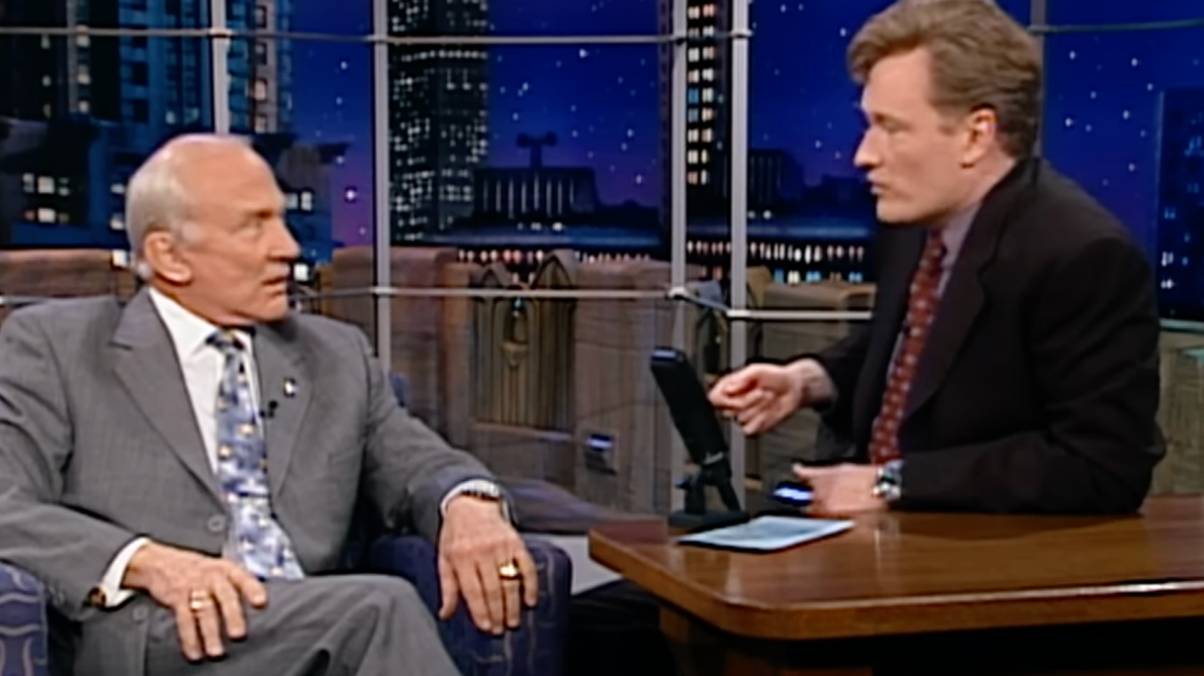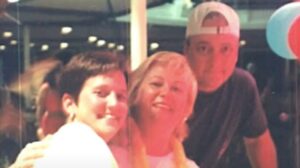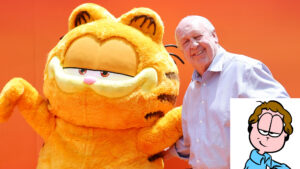“Unlocking the Skies: 14 Surprising Revelations About How Flight Took Wing Across the Ages!”
Today, air travel feels routine. But behind the mundane boarding passes and TSA lines lies a rich history worth marveling over. Here are 14 fun and fascinating insights into how flying took off, literally and figuratively.
1. Humans First Dreamed of Flying by Watching Birds


Long before the Wright brothers, humans were mesmerized by birds and their effortless mastery of the skies. Early inventors like Leonardo da Vinci studied their movements obsessively, sketching fantastical winged machines.
While da Vinci’s contraptions remained grounded, they laid the foundation for future innovators to build on. His detailed studies proved that flying wasn’t just for the birds, it was a puzzle waiting to be solved.
2. The Montgolfier Brothers Took the First Step


In 1783, Joseph and Étienne Montgolfier launched a hot air balloon that carried a sheep, a duck, and a rooster. This unlikely trio flew for eight minutes, thrilling onlookers in Versailles.
Their success wasn’t just a party trick, it showed that human flight was within reach. Months later, brave souls Pilâtre de Rozier and the Marquis d’Arlandes took to the skies in an untethered hot air balloon, making aviation history with their 25-minute flight.
3. The Wright Brothers’ Breakthrough Was All About Control


While many had tried to build flying machines, Orville and Wilbur Wright cracked the code in 1903 with their Flyer. It wasn’t just about getting off the ground, it was about staying there and steering.













